It was the stroke of midnight on July 14 when the heart of Dhaka University metamorphosed into an implicit battlefield. What started as a protest demanding reforms in government job quotas quickly turned into a fierce struggle for dignity, justice, and identity. Once focused only on employment issues, the movement soon became a symbol of wider resistance. Even those who never dreamed of joining public service felt their anger boil over. Students filled the streets—not as scattered voices, but united, realizing that the line had been crossed.
That night, even amidst the overwhelming crowd, I felt truly alive. Though my throat went dry from chanting slogans non-stop, I didn’t stop—not for a moment.
The demand for quota reform faded into the background, replaced by a stronger cry for justice and recognition.
One part of the campus echoed with powerful chants—“Who are you? Who am I? Razakar, Razakar,” and “We demanded rights, they called us Razakars.” The ruling party’s student group, Chhatra League, tried hard to twist the movement’s message. The final blow came when the former Prime Minister herself branded protestors as descendants of Razakars. In response, students turned the label into a symbol of protest. But this message was twisted and used to justify an incoming attack.
By the afternoon of July 15, that attack arrived in full force.
As we marched toward the DU ‘Hall Para’, we walked straight into a well-planned ambush. The attackers weren’t just students—they included hired thugs from political youth wings and, shockingly, even street children armed and paid to beat us. Soon, social media was flooded with horrifying videos. Faces bloodied, glasses smashed on her face, screams bouncing off walls—the university, once a place of learning, had become a place of pain.
One of the most chilling sights was the red double-decker bus—once a symbol of dreams—turned into a trap. Between the standing red buses at ‘VC chattar’, many students stucked—mostly young women—were beaten from both sides. Some passed out. Others tried to fight back with bare hands. In one viral photo, a girl shielded her bloody face from another hit. In a video, two unarmed students ran for safety but were chased and beaten by a elder man with a bamboo stick.
That day, cruelty surpassed all bounds — they assaulted injured students even within the walls of a hospital. The very place meant for healing became another site of violence.
But these weren’t just physical attacks. They were efforts to break our spirit. Still, something strong woke up inside us that night.
As mainstream media stayed mostly silent, our resistance lived online. In dorms, one message kept spreading: We will not forget. We will not forgive.
By the morning of July 16, the campus was tense but quiet. We heard that students had gathered at the Central Shaheed Minar since the Raju Sculpture was blocked by Chhatra League. At Shamsunnahar Hall, where I stayed, my friend and I tried to leave—but the gates were locked, in the name of ‘security’.
From our fifth-floor window, we watched as riot police blocked every path. Now and then, Chhatra League members marched past, shouting slogans—but never moving forward. Whether it was fear or orders holding them back, we didn’t know. All we knew was that our friends were outside—and we couldn’t reach them.
Then came the heartbreaking news, Abu Sayeed was shot dead by police force. Then more names followed. Their deaths turned our sorrow into anger. We saw that video where Abu Sayeed stood tall, chest forward, in front of police force — and yet, the police fired like heartless beasts. How brutally cruel it was.
That evening, we marched with torches inside the hall. Homemade torches. Loud slogans. “My brother is in the grave—why are the killers still free?” “Direct action now.” “Chhatra League-er gaye gaye, juta maro tale tale!”
As the Chhatra League still moved around inside the halls, we felt unsafe. That night, fear filled the air—but so did determination.
My roommate hid a kitchen knife under her pillow. I slept with a stick beside me. It may sound like a movie scene, but this was real. This was how we tried to resist and survive.
Then something changed. At midnight, a decision was made: our halls would no longer shelter the attackers. Ruqayyah Hall, Fazilatunnesa Hall, Sufia Kamal Hall—one by one, the women stood up. Some pushed them out through talks. Others, like in Ruqayyah Hall, used force. By the early morning of July 17, Shamsunnahar Hall was ours again—its last Chhatra League members driven out by the will of the students.
It felt like freedom. Like winning.
But that joy didn’t last long.
The next morning, the university declared an indefinite shutdown. Everyone had to leave the halls by evening. Sadness washed over us. This was our movement—born at Dhaka University. What would happen if we were forced apart?
The campus filled with police carrying guns. As we tried to hold a symbolic funeral for our fallen fighters, those same police—who had watched silently as we were beaten—attacked us again.
As I walked out of the hall, surrounded by sneering officers, it felt like I was being thrown out of my own home. I couldn’t see clearly—not just from tears, but from a deep sense of powerlessness.
A rickshaw-puller softly asked, “Apa, are you leaving the hall?”
I replied, “I didn’t leave. I was forced out.”
Then I whispered, “It’s over. The movement is over.”
But he looked at me calmly and said something I’ll never forget:
“No, Apa. The movement isn’t over. I joined the march too. Now everyone will join.”
I didn’t believe him then. I thought—why would others care? Not everyone is affected by quota reform.
But I was wrong. Wonderfully wrong.
This movement had grown beyond its original demand. It had become a nationwide call for respect, truth, and justice. Students from private universities, colleges, even from distant villages joined in.
What began in the 600 acres of Dhaka University spread across all 56,000 square miles of Bangladesh.
The seeds of resistance planted during those dark July nights had grown into a national awakening.
Zahir Raihan once wrote, “Spring is coming. We shall double.”
And in July 2024, those words didn’t remain a dream. They became the truth.
Writer: Student, Mass Communication & Journalism, University of Dhaka.













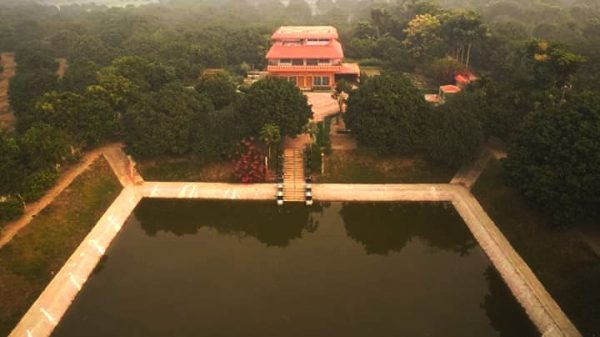

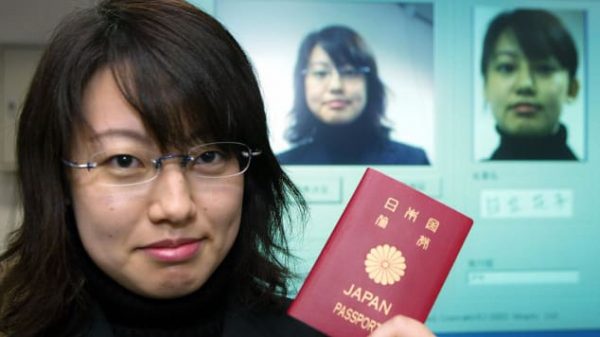


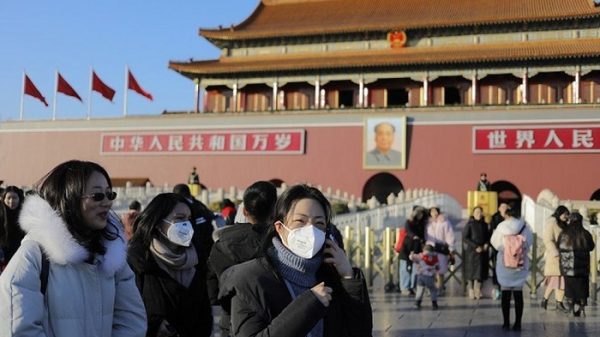
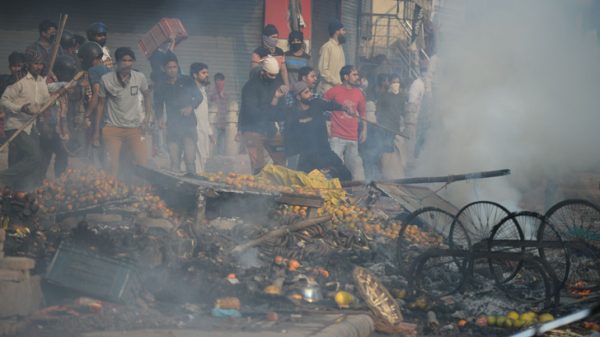
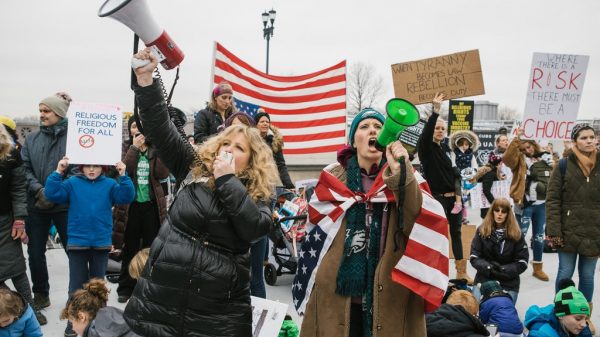



Leave a Reply